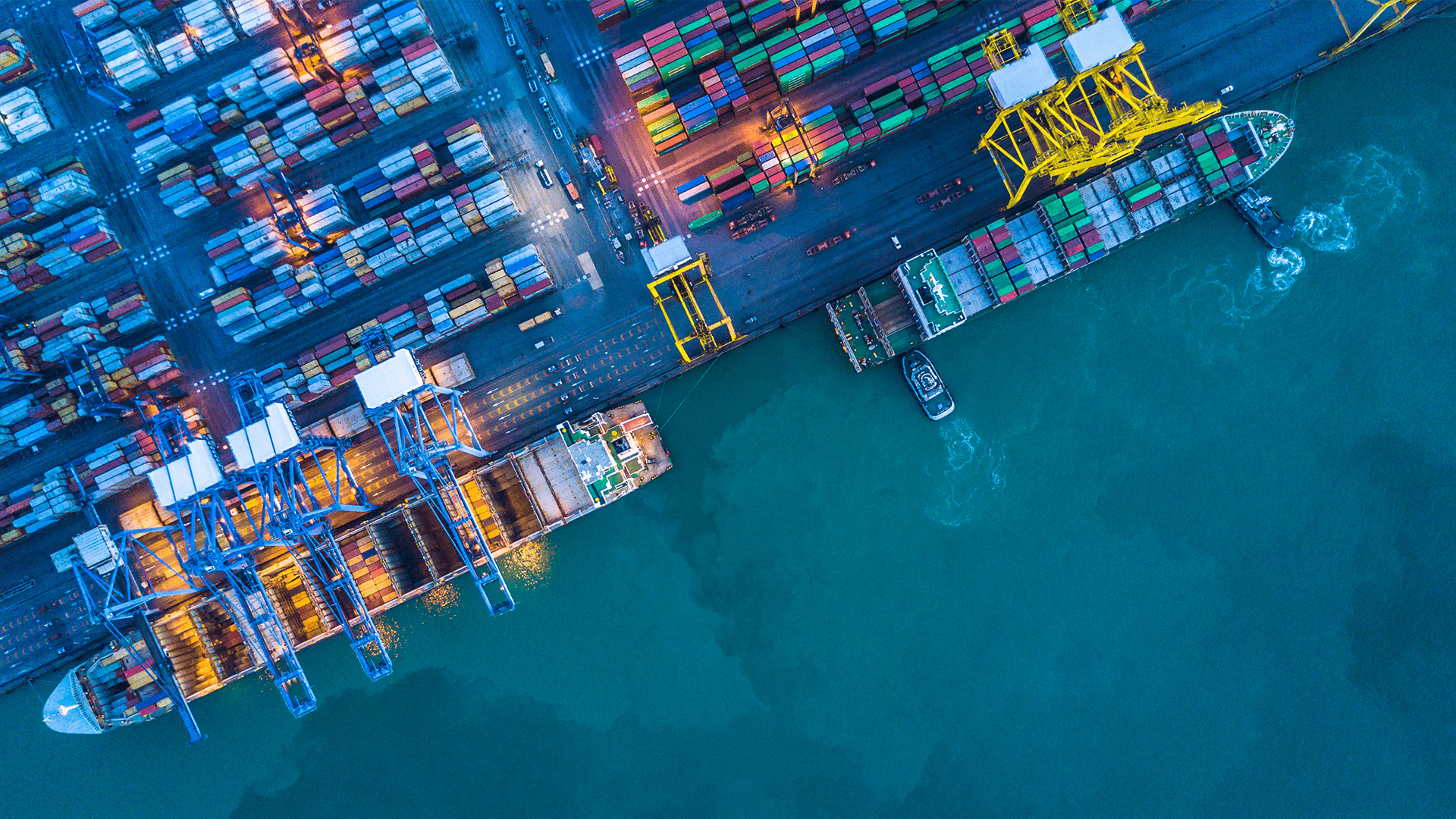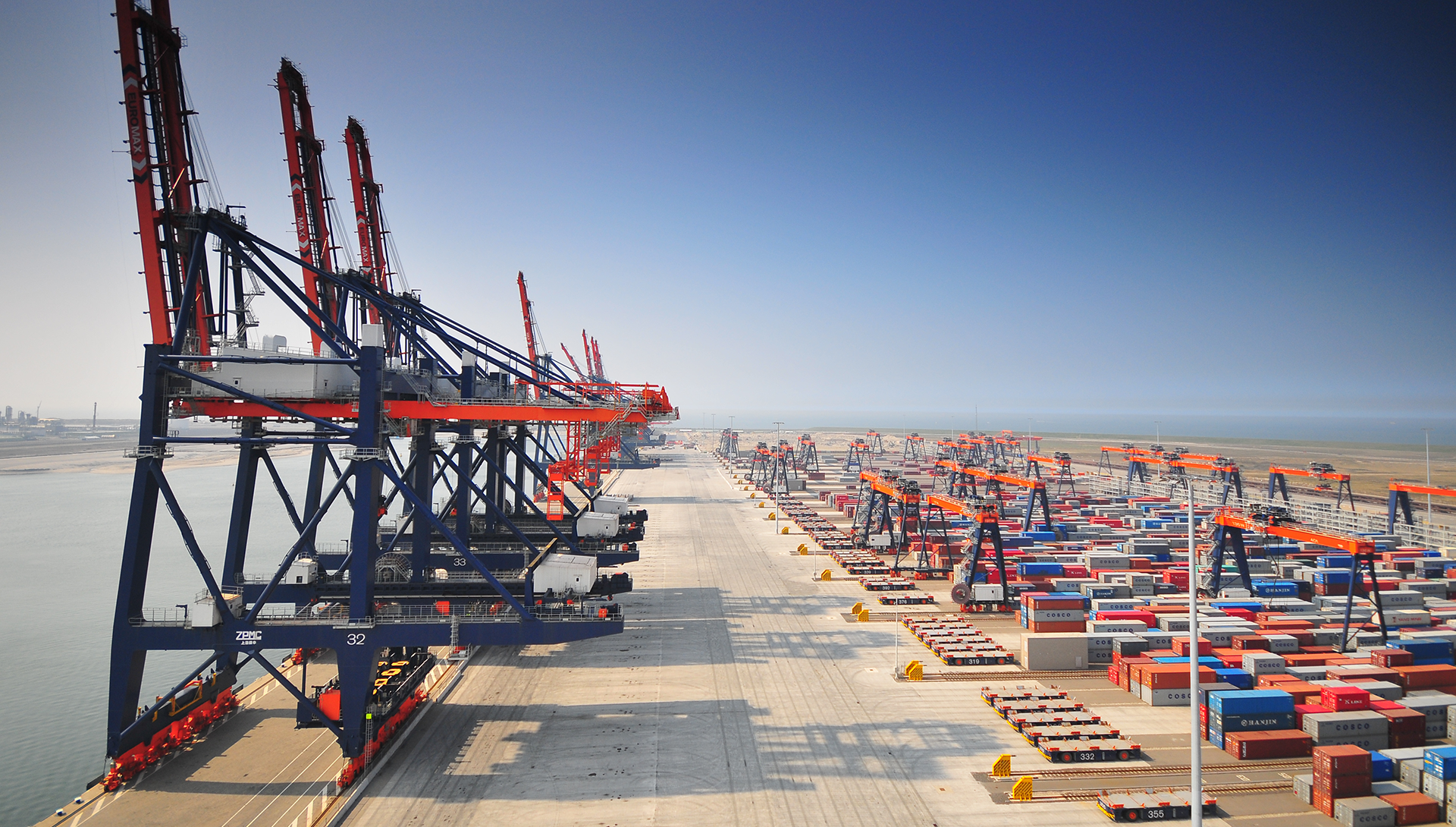Optimising terminal performance with detailed simulations in Napier Port

Project facts
- ClientNapier Port
- LocationNew Zealand
- Date2022-2023
- ChallengeDeveloping container terminal simulations and understanding optimum container handling to learn about how alternative operating models can deliver improvements.
- SolutionDetailed simulations providing in-depth insights into future operations, with recommendations for a phased investment in container terminal development.
The challenge: Developing container terminal simulations to deliver improvements
Napier Port is a multi-purpose port located on the North Island of New Zealand, with a focus on container handling, log export, bulk cargoes, and cruise. The port is expected to be impacted by the ever-changing landscape of shipping, as well as other regional and global supply chain trends. In particular, the port is interested in exploring various options for developing its container terminal operations and understanding the optimum alternative operating models for this purpose.
To achieve this, Napier Port hired Royal HaskoningDHV and its subconsultant Talumis to perform terminal planning and simulations for its current container terminal operations, as well as various development scenarios.
The solution: Detailed simulations providing in-depth insights into future operations
We used a detailed simulation model built in a versatile, discrete event simulation tool that is both a simulation platform and a modelling tool, enabling the development of both high-level and detailed models.
These simulation insights provide multiple benefits over traditional spreadsheet-based calculations, such as recognising the impact of importing large volumes of empty containers on the productivity of yard equipment, providing further confidence that targeted terminal capacity is feasible, optimising equipment numbers to improve operational bottlenecks, as well as determining the simultaneity of waterside and land-side workloads and the resulting impact on equipment and terminal productivity.
The detailed results of these simulations allow for more in-depth insights into terminal performance and how it can be improved. Container terminal projects can benefit from the additional insight offered by container terminal simulations, combined with the detailed terminal planning experience available in the team.
By using these detailed simulation insights, the team was able to provide high-quality recommendations on how Napier Port can transition from its current Reachstacker operations to future operations in a phased manner.
The result: Terminal productivity and capacity improvement
The simulation and consultancy services delivered by our team provide Napier Port with guidance on phased investments in container terminal development regarding the level, financial performance, and timing of investments, and the resulting anticipated productivity and capacity improvement.
The guidance is supported by detailed container terminal simulations, providing in-depth insight into future operations, which was considered while formulating the recommended actions for Napier Port. The detailed output of the container terminal simulations helped to provide greater reassurance that aspired terminal capacities can be met, while tailoring investment in equipment to where they are needed most for delivering operational productivity.




